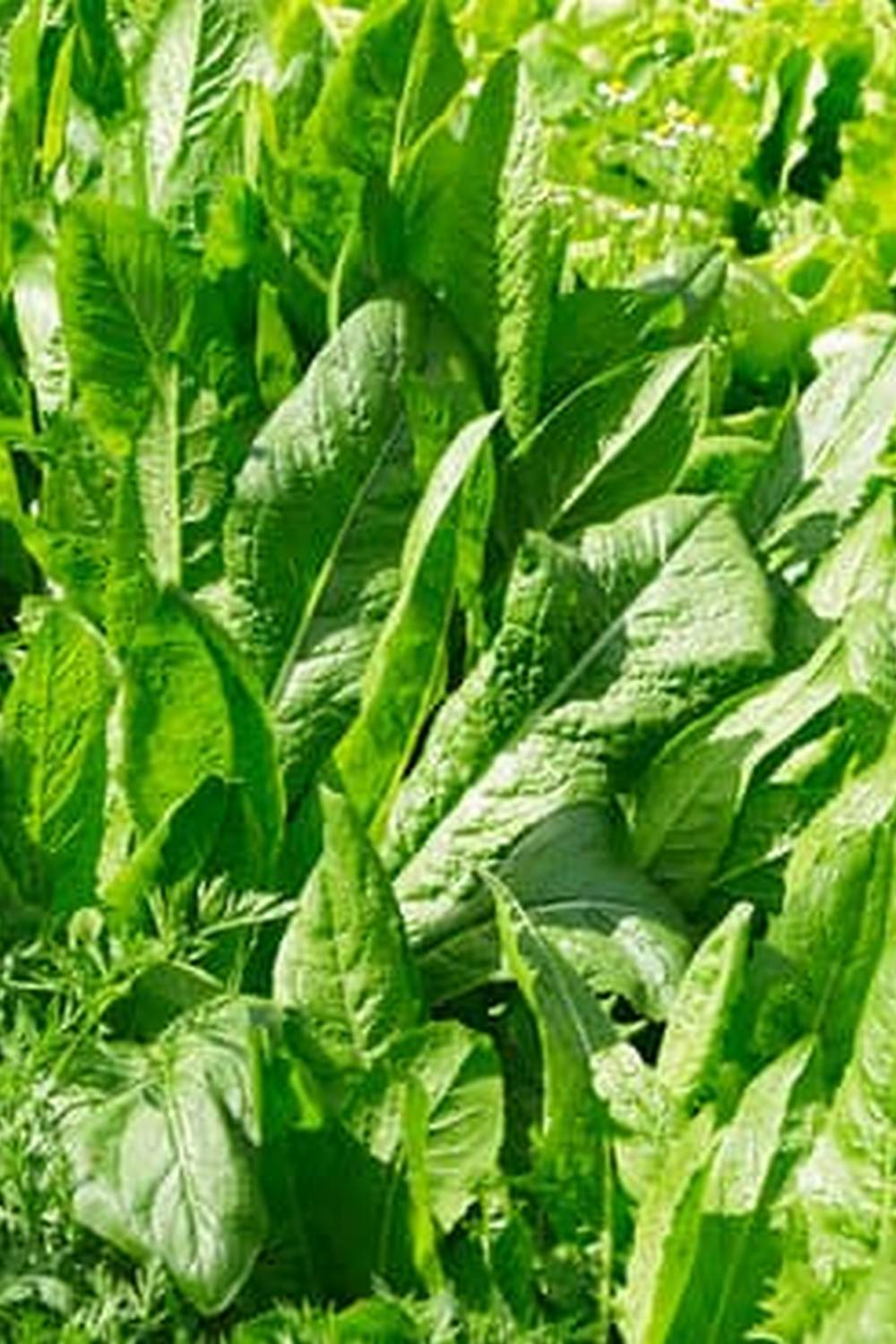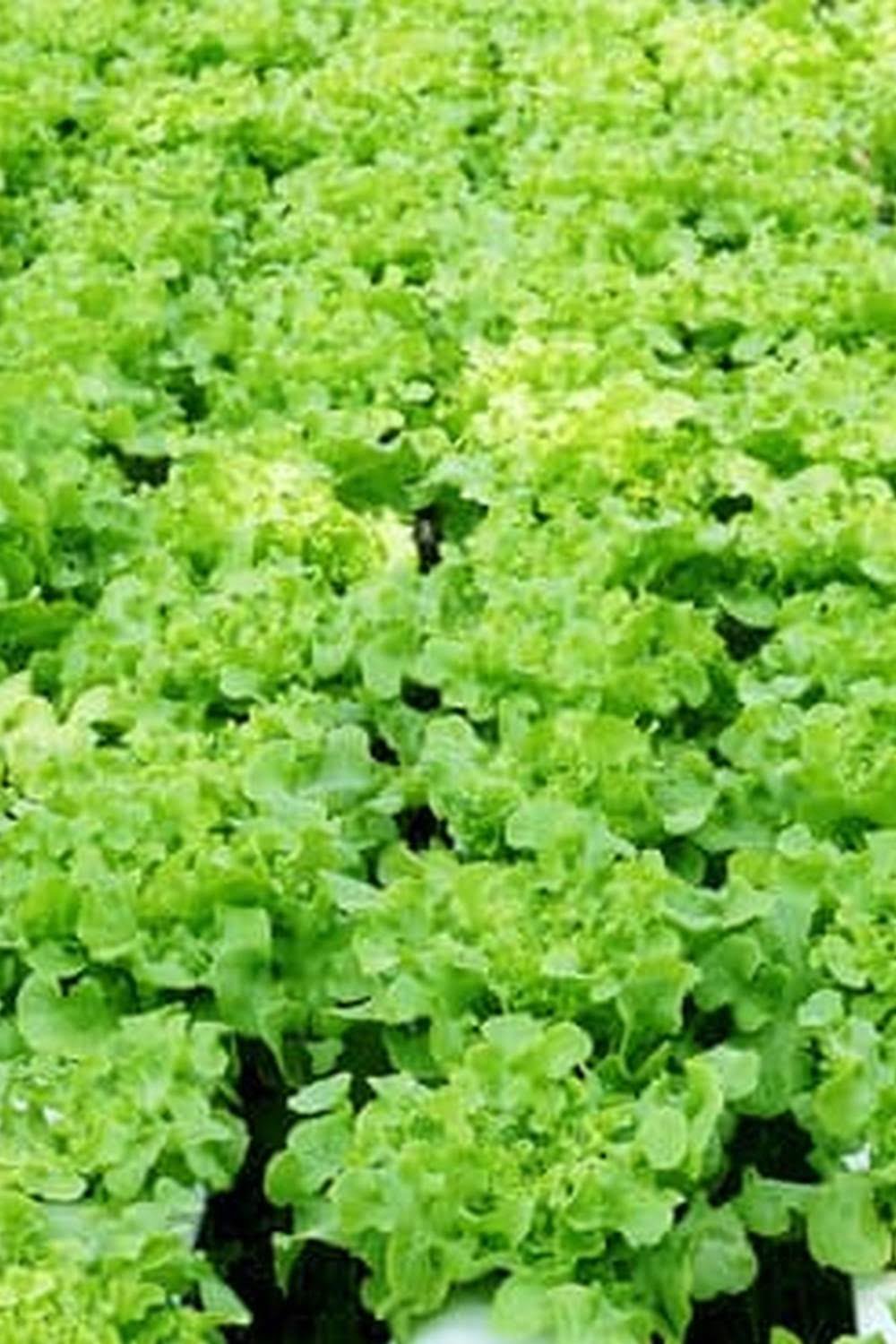Are you interested in learning how to start gardening vegetables? Gardening has become a popular hobby for many individuals, providing not only the satisfaction of growing your own food but also numerous health and environmental benefits. In this article, we will guide you through the process of starting your vegetable garden, from choosing the right vegetables to troubleshooting common gardening problems.
One of the most rewarding experiences is being able to harvest fresh vegetables from your own garden. Not only are homegrown vegetables more flavorful and nutritious, but they also reduce the need for store-bought produce that may have been treated with harmful chemicals. By starting a vegetable garden, you can take control of what goes into your food and enjoy the process of nurturing plants from seed to harvest.
Whether you have a small backyard or just a few pots on a balcony, vegetable gardening can be adapted to any space. With proper planning and care, you can cultivate a variety of delicious vegetables right at home. From preparing the soil to harvesting your first crop, this comprehensive guide will help you embark on your gardening journey with confidence.
Benefits of Gardening Vegetables
Gardening vegetables offers a wide range of benefits, both for you and the environment. Not only does it provide you with fresh, healthy produce right at your doorstep, but it also promotes physical activity, reduces stress, and can save you money in the long run. Additionally, growing your own vegetables allows you to have full control over what goes into the soil and onto your plate, ensuring that you are consuming pesticide-free and organic produce.
Health Benefits of Gardening Vegetables
Growing your own vegetables means you have access to fresh, nutrient-rich food that is free from harmful chemicals. Vegetables like tomatoes, kale, and peppers are packed with essential vitamins and minerals that are crucial for maintaining a healthy diet. By incorporating these homegrown vegetables into your meals, you can improve your overall health and well-being.
Environmental Benefits of Gardening Vegetables
When you plant a vegetable garden, you are contributing to a more sustainable food system. By reducing the need for transportation of produce from far distances, you are lowering carbon emissions and supporting local agriculture. Additionally, growing your own vegetables can help reduce food waste since you can harvest only what you need at any given time. This not only benefits the environment but also helps you save money by eliminating unnecessary grocery purchases.
Choosing the Right Vegetables for Your Garden
When it comes to starting a vegetable garden, one of the crucial steps is choosing the right vegetables to grow. The selection process can be a fun and exciting task, allowing you to customize your garden based on your preferences, available space, and climate. By carefully selecting the vegetables that will thrive in your area and that you enjoy eating, you are setting yourself up for a successful gardening experience.
Understanding Your Climate
Before deciding on which vegetables to plant in your garden, it is essential to consider the climate in your region. Certain vegetables thrive in specific temperature ranges and sunlight conditions. For example, tomatoes and peppers require ample sunlight and warm temperatures to flourish, while leafy greens like lettuce and spinach prefer cooler temperatures. Researching the ideal growing conditions for each vegetable will help you make informed decisions when choosing what to plant.
Considering Space Constraints
Another factor to keep in mind when selecting vegetables for your garden is the amount of space you have available. Some plants, like zucchini or squash, require more room to spread out due to their sprawling growth habits.
On the other hand, compact plants like radishes or herbs can thrive in smaller containers or raised beds. By assessing how much space you have and planning accordingly, you can maximize your garden’s productivity while avoiding overcrowding that could hinder plant growth.
Personal Preferences and Usage
Ultimately, the best way to choose which vegetables to grow in your garden is based on your personal preferences and what you enjoy eating. Consider which vegetables you frequently use in your cooking or which ones you would like to experiment with in new recipes.
Growing organic produce at home not only ensures freshness but also allows you to cultivate unique varieties that may not be readily available at local grocery stores. By selecting vegetables that align with your tastes and culinary interests, you can create a diverse and satisfying harvest from your own backyard.
Planning and Designing Your Vegetable Garden Layout
When it comes to planning and designing your vegetable garden layout, there are several key factors to consider in order to maximize the success of your gardening efforts. One important aspect to think about is the location of your garden. Vegetables generally require at least 6-8 hours of sunlight per day, so choose a spot in your yard that receives adequate sun exposure. Additionally, make sure the area has access to water for irrigation purposes.
Another crucial step in planning your vegetable garden layout is determining the size and shape of the plot. Consider how much space you have available and what vegetables you want to grow. Some vegetables, like tomatoes and zucchinis, require more room to spread out, while others can be grown more closely together. Planning ahead will help you maximize the use of space and ensure that each plant has enough room to thrive.
In addition to considering sunlight and space requirements, it’s also important to think about accessibility and convenience when designing your vegetable garden layout. Make sure pathways are wide enough for easy navigation and consider incorporating raised beds or containers for easier maintenance. By taking these factors into account, you can create a well-organized and functional vegetable garden that will not only be productive but also enjoyable to work in.
| Aspect | Consideration |
|---|---|
| Location | Adequate sun exposure and access to water |
| Size and Shape | Determine based on available space and types of vegetables |
| Accessibility | Wide pathways, raised beds or containers for easier maintenance |
Preparing the Soil for Planting Vegetables
When it comes to starting a vegetable garden, one of the most crucial steps is preparing the soil. Healthy soil is essential for the success of your plants, as it provides them with the necessary nutrients they need to thrive. Here are some key steps on how to prepare your soil for planting vegetables:
- Test Your Soil: Before you start planting, it’s important to know the current condition of your soil. You can do this by conducting a soil test to check for pH levels, nutrient content, and overall quality. This will help you determine if any amendments or adjustments are needed.
- Choose the Right Location: Select a sunny spot in your garden that receives at least 6-8 hours of sunlight per day. Make sure the area has good drainage to prevent waterlogging, as this can lead to root rot and other issues.
- Remove Weeds and Debris: Clear out any weeds, rocks, or debris from the area where you plan to plant your vegetables. Weeds compete with your plants for nutrients and water, so it’s important to get rid of them before starting.
Once you have tested your soil, chosen the right location, and cleared out any obstructions, it’s time to amend the soil based on the results of your soil test:
- Add Organic Matter: Incorporate compost or well-rotted manure into the soil to improve its structure and fertility. Organic matter provides essential nutrients for plant growth and helps retain moisture in the soil.
- Adjust pH Levels: Depending on your soil test results, you may need to adjust the pH levels of your soil. Most vegetables prefer slightly acidic soil with a pH of around 6.0-7.You can use products like lime to raise pH levels or sulfur to lower them.
- Aerate the Soil: Use a garden fork or tiller to loosen compacted soil and improve air circulation for better root development. Avoid working wet soil as it can damage its structure.
By following these steps on how to prepare your soil properly before planting vegetables, you’ll create an optimal environment for your plants to grow healthy and productive throughout the growing season. Remember that healthy soil is the foundation of a successful vegetable garden.
Planting Seeds or Seedlings
First, decide whether you want to start from seeds or seedlings. Starting from seeds allows you to have a wider variety of vegetables to choose from, while seedlings give you a head start and are less susceptible to failure. If you choose seeds, make sure to follow the instructions on the packet regarding planting depth and spacing.
Next, prepare the soil by removing any debris and weeds. Loosen the soil to a depth of at least 6 inches and mix in compost or organic matter to provide essential nutrients for the plants. A well-draining soil will help prevent waterlogging, which can lead to root rot.
Once the soil is prepared, it’s time to plant your seeds or seedlings. Follow the spacing guidelines provided on the seed packet or plant label, as overcrowding can lead to stunted growth and poor harvests. Water your newly planted seeds or seedlings gently but thoroughly and place them in a spot that receives adequate sunlight based on their specific requirements.
| Seed Type | Spacing |
|---|---|
| Lettuce | 6-12 inches apart |
| Tomatoes | 18-24 inches apart |
| Carrots | 2-3 inches apart |
By following these steps and paying close attention to your newly planted seeds or seedlings, you’ll be well on your way to a successful vegetable garden. Remember that consistent care through watering, fertilizing, and pest control will help your plants thrive and produce bountiful harvests. Enjoy the process of watching your garden grow and savoring the delicious fruits (or vegetables.) of your labor.
Caring for Your Vegetable Garden
Starting a vegetable garden can be a rewarding and fulfilling experience, but it’s important to understand the basics of caring for your plants to ensure a successful harvest. Proper watering, fertilizing, and pest control are essential components of maintaining a healthy vegetable garden. Here are some tips on how to start gardening vegetables in the right way:
- Watering: One of the most critical aspects of caring for your vegetable garden is ensuring that your plants receive an adequate amount of water. Different vegetables have varying water needs, so it’s important to research the specific requirements of each type of plant you’re growing. Generally, vegetables need about 1 inch of water per week, either from rainfall or manual watering.
- Fertilizing: Providing your plants with the necessary nutrients is key to their growth and development. Before planting, amend your soil with compost or well-balanced fertilizer to ensure that your vegetables have access to essential nutrients. Throughout the growing season, you can supplement with organic fertilizers as needed based on soil tests and plant growth.
- Pest Control: Protecting your vegetable garden from pests is crucial in maintaining healthy plants. There are various methods for pest control, including natural predators, physical barriers, and organic pesticides. Regularly inspecting your plants for signs of pests or diseases can help you catch any issues early and prevent them from spreading.
By following these guidelines on watering, fertilizing, and pest control, you’ll be well on your way to establishing a thriving vegetable garden. Remember that consistency is key when it comes to caring for your plants – check on them regularly, adjust your watering schedule as needed, and stay proactive in preventing pest infestations. With proper care and attention, you’ll be enjoying a bountiful harvest of homegrown vegetables in no time.
Harvesting and Enjoying the Fruits of Your Labor
Once you have successfully planted and cared for your vegetable garden, the next exciting step is harvesting the fruits of your labor. Harvesting your own homegrown vegetables not only saves you money but also provides you with fresh, nutritious produce that is packed with flavor. It is a rewarding experience to see the results of your hard work paying off in the form of vibrant, delicious vegetables ready to be enjoyed.
To ensure a successful harvest, it is essential to know when each type of vegetable is ready to be picked. Different vegetables have different signs indicating that they are ripe and ready for harvest.
For example, tomatoes should be harvested when they are firm and fully colored, while leafy greens like lettuce can be picked as soon as they reach a desirable size. Taking the time to learn about the specific harvesting times for each vegetable will help you enjoy a bountiful harvest from your garden.
One key aspect of harvesting vegetables is knowing the proper harvesting techniques for each type of plant. Using sharp shears or pruning tools can help prevent damage to the plants while ensuring a clean cut that promotes regrowth. Be gentle when handling delicate fruits like tomatoes and cucumbers to avoid bruising them. By following best practices for harvesting, you can maximize the yield from your garden and continue to enjoy fresh produce throughout the growing season.
Troubleshooting Common Gardening Problems
One of the biggest challenges that vegetable gardeners may face is dealing with common gardening problems such as diseases, pests, and nutrient deficiencies. These issues can hinder the growth and health of your plants, impacting your harvest. However, with the right knowledge and proactive measures, you can address these problems effectively and ensure a thriving vegetable garden.
When it comes to diseases in your vegetable garden, prevention is key. Be sure to choose disease-resistant varieties when selecting your vegetables for planting. Proper spacing between plants can also help improve air circulation, reducing the risk of fungal diseases. Additionally, practicing crop rotation each season can prevent the buildup of pathogens in the soil.
Pests are another common problem that vegetable gardeners may encounter. One effective way to control pests organically is by attracting beneficial insects like ladybugs and lacewings that feed on harmful pests. You can also use physical barriers such as row covers to protect your plants from pests.
Regularly inspecting your plants for any signs of pest infestations and promptly addressing them can help minimize damage to your crops. Furthermore, using natural remedies like neem oil or insecticidal soap can be effective in controlling certain pests without harming beneficial insects or the environment.
Sustainable Gardening Practices for Vegetable Gardens
In conclusion, starting a vegetable garden can be a rewarding and fulfilling experience for individuals looking to cultivate their own fresh produce. By following the steps outlined in this guide on how to start gardening vegetables, you can create a sustainable garden that not only benefits your health but also the environment.
Implementing sustainable gardening practices in your vegetable garden is essential in preserving the ecosystem and promoting long-term success. Incorporating techniques such as composting, using organic fertilizers, practicing crop rotation, and utilizing natural pest control methods can help reduce your environmental impact while maintaining a healthy and thriving garden.
Overall, by investing time and effort into planning, designing, planting, and caring for your vegetable garden, you can reap the numerous benefits of growing your own food. Not only will you enjoy the satisfaction of harvesting and consuming fresh produce straight from your backyard, but you will also contribute to a more sustainable way of living. So roll up your sleeves, get your hands dirty, and start gardening vegetables today.
Frequently Asked Questions
How Do I Start My Own Vegetable Garden?
Starting your own vegetable garden can be a rewarding experience. The first step is to choose a suitable location that receives plenty of sunlight and has good drainage. Then, prepare the soil by removing any weeds and adding organic matter.
Next, decide what vegetables you want to grow based on your preferences and the climate in your area. Finally, plant your chosen vegetables, water them regularly, and monitor for pests and diseases.
What Should I Put in My Beginner Vegetable Garden?
When planning a beginner vegetable garden, it’s important to choose easy-to-grow vegetables that are suitable for your climate. Some great options for beginners include tomatoes, cucumbers, zucchinis, lettuce, carrots, radishes, and bell peppers.
These vegetables are relatively low-maintenance and can thrive in many different growing conditions. Make sure to research the specific needs of each plant before planting them in your garden.
What Vegetables Should I Grow as a Beginner?
As a beginner vegetable gardener, it’s best to start with simple crops that are forgiving of common mistakes. Vegetables like tomatoes, peppers, zucchinis, lettuce, and radishes are great choices for beginners because they are relatively easy to grow and produce satisfying results.
These vegetables also have short growing seasons, allowing you to see the fruits of your labor relatively quickly. By starting with these beginner-friendly vegetables, you can build your confidence as a gardener and experiment with more challenging crops in the future.

If you’re looking to get into vegetable gardening, or are just looking for some tips on how to make your current garden better, then you’ve come to the right place! My name is Ethel and I have been gardening for years. In this blog, I’m going to share with you some of my best tips on how to create a successful vegetable garden.





